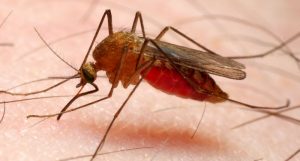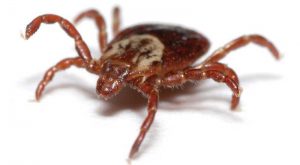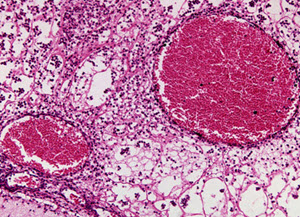Yellow fever is a viral disease spread by mosquitoes (chiefly Aedes-mosquitoes). Mosquitoes can transmit the virus from human to human, and also between humans and certain non-human primates.
Among other things, yellow fever infection can cause lethal liver failure.
The disease is endemic to Africa and Central- and South America. In these areas, most cases are reported from 15° north of the equator to 15° south of the equator. Examples of countries were yellow fever is comparatively common are Cameroon, Republic of Congo, Democratic Republic of Congo, Cameroon, Côte d’Ivoire (Ivory Coast), Senegal, Sierra Leone, Uganda, Sudan, South Sudan and Tchad. At the time of writing, no case of yellow fever has been reported from South American since 2010.
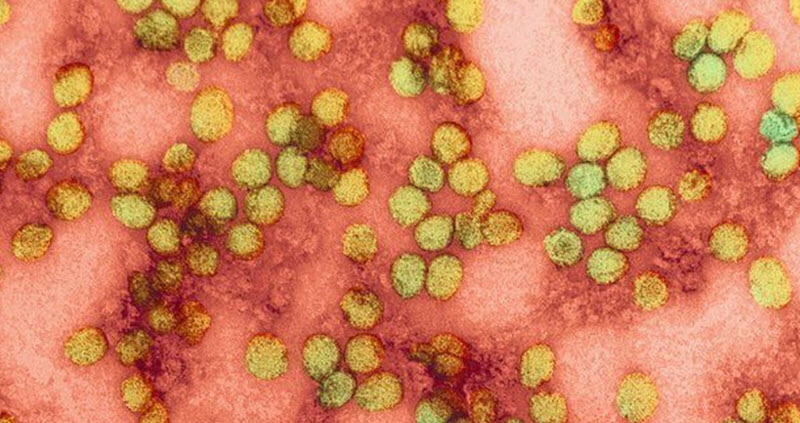
Vaccination against yellow fever
Where?
In the United Kingdom, yellow fever vaccinations are only given at designated centers registered with either the National Travel Health Network and Center or with the Health Protection Scotland.
Your can search designated centers here: http://www.nathnac.org/yellowfevercentres.aspx
Cost
Yellow fever vaccination is usually not available for free on the NHS.
On average, you can expect to pay around £60 for the yellow fever vaccination.
How?
The yellow fever vaccine is given as a single injection.
Small children are usually injected in the leg, older children and adults in the upper arm.
When?
To ensure adequate protection, the vaccine should be given a minimum of 10 days before departure.
Many countries will not accept your proof of vaccination against yellow fever if it is younger than 10 days.
Coverage
The yellow fever vaccine provides protection for 95-100% of those who receive it.
Booster dose
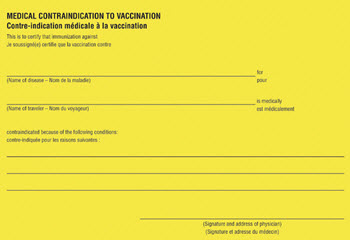 Earlier, a booster dose was recommended every 10 year. Recently, experts working for the World Health Organization (WHO) suggested that booster doses may not be necessary, and from June 2016 vaccination certificates will be valid for life instead of just 10 years.
Earlier, a booster dose was recommended every 10 year. Recently, experts working for the World Health Organization (WHO) suggested that booster doses may not be necessary, and from June 2016 vaccination certificates will be valid for life instead of just 10 years.
Right now, a booster dose is recommended if:
- You need it for legal reasons (your old 10-year certificate has expired)
- You received your original vaccination when you were less than 2 years old.
- You received your original vaccination when you were pregnant.
- You received your original vaccination when you had a weakened immune system.
Certificate of yellow fever vaccination
A list of all the countries that require you to have an International Certificate of Vaccination or Prophylaxis (ICVP) as proof of yellow fever vaccination can be found here: http://www.who.int/ith/ITH_country_list.pdf
Side effects of yellow fever vaccination
Unlike many other vaccines, the yellow fever vaccine contains viruses that are still alive. This increases the risk of certain side effects.
Examples of common side effects of yellow fever vaccination
- Swelling, redness and tenderness at the injection site, for less than a week
- Low fever for up to two weeks
- Head ache for up to two weeks
- Muscle each for up to two weeks
Examples of rare side effects of yellow fever vaccination
- Allergic reaction (1 in every 130,000 doses)
- YEL-AND, yellow fever vaccine-associated neurological disease (1 in every 250,000 doses)
- YEL-AVD, yellow fever vaccine-associated viscerotropic disease (1 in every 330,000 doses)
The risk of YEL-AND and YEL-AVD is higher for young babies and elderly people.
Should I avoid yellow fever vaccination?
Since the risk of serious side effects are larger for certain groups, the vaccine is generally not given to:
- People that are allergic to eggs, since the vaccine contains a small amount of egg
- People who are allergic to any other ingredient in the vaccine
- Children younger than 9 months. (Children aged 6 months and up can be vaccinated if the risk of catching yellow fever is very high and outweighs the risk of serious vaccine side effects.)
- Pregnant women
- Breastfeeding women
- People aged 60 years and up, since they are more likely to develop YEL-AND and YEL-AVD
- People with weakened immune systems
If you have medical reasons to avoid yellow fever vaccination, you can receive an exemption letter from the yellow fever vaccination center. Some of the countries that require proof of yellow fever vaccination before entry make exceptions for those carrying a valid letter of exemption.
About yellow fever
Symptoms
The incubation period for yellow fever is typically 2-6 days.
Many of those who are infected with the virus develop no symptoms or only mild symptoms.
The first symptoms of yellow fever are usually fever, headache and muscle-ache, sometimes accompanied by nausea and diarrhea. The person will often feel better after just 3-4 days, and for many, the disease is now over. For roughly 15%, the disease will instead enter into its second stage.
During the second stage, the fever will return and this time the symptoms will much more severe. If the liver fails to work property, skin and eyes will takes on a yellowish tint. This is what gives the disease its name.
Examples of second-stage symptoms:
- Fever
- Yellow skin caused by liver problems
- Yellow eyes caused by liver problems
- Bloody stool caused by internal bleedings in the stomach and intestines
- Bloody vomit caused by internal bleedings in the stomach and intestines
- Bleeding from nose, mouth or eyes
- Kidney problems
- Heart problems
- Confusion
- Convulsions
- Coma
On average, persons that develop serious second-stage symptoms such as liver problems and bleedings have a survival rate of 50% – 80%. Those who die of yellow fever typically do so within two weeks from the onset of the disease.
Treatment
There is no specific medical treatment against the virus. Hospital care will be focused on handling symptoms and complications, e.g. by providing dialysis and blood transfusions. Antibiotics can be used to combat opportunistic bacterial infections.
